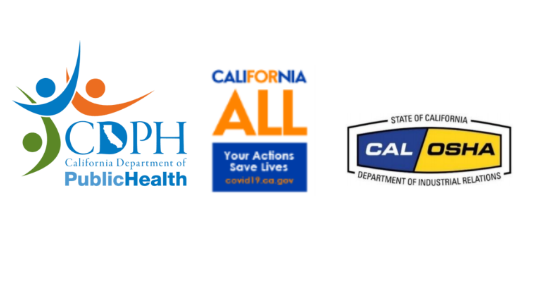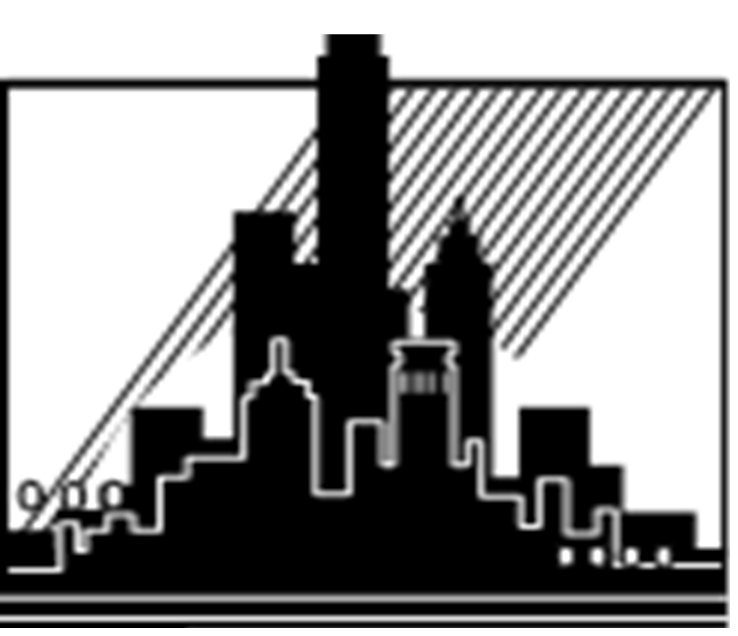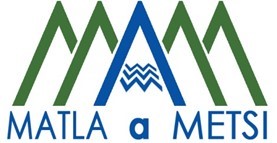Title Page
-
Conducted on
-
Prepared by
-
Location
Contents of Written Worksite Specific Plan
-
The person(s) responsible for implementing the plan.
-
A risk assessment and the measures that will be taken to prevent spread of the virus.
-
Training and communication with employees and employee representatives on the plan.
-
A process to check for compliance and to document and correct deficiencies.
-
A process to investigate COVID-cases, alert the local health department, and identify and isolate close workplace contacts of infected employees until they are tested.
-
Update the plan as necessary to prevent further cases.
Topics for Employee Training
-
Information on COVID-19, preventing spread, and who is especially vulnerable.
-
Self-screening at home, including temperature and/or symptom checks using CDC guidelines.
-
The importance of not coming to work if employees have a frequent cough, fever, difficulty breathing, chills, muscle pain, headache, sore throat, the recent loss of taste or smell, or if they or someone they live with has been diagnosed with COVID-19.
-
When to seek medical attention.
-
The importance of hand washing.
-
The importance of physical distancing, both at work and off work time.
-
Proper use of cloth face covers
Individual Control Measures and Screening
-
Symptom screenings and/or temperature checks.
-
Encourage workers who are sick or exhibiting symptoms of COVID-19 to stay home.
-
Encourage frequent handwashing and use of hand sanitizer.
-
Provide disposable gloves to workers using cleaners and disinfectants when required. Consider gloves as a supplement to frequent handwashing for other cleaning, tasks such as handling commonly touched items or conducting symptom screening.
-
Strongly recommend employee use of cloth face covers.
-
Restrict non-employee personnel on the job site, conduct screening and encourage the use of face masks or covers.
Cleaning and Disinfecting Protocols
-
Perform thorough cleaning in high traffic areas.
-
Frequently disinfect commonly used surfaces.
-
Clean and sanitize shared equipment between each use.
-
Clean touchable surfaces between shifts or between users, whichever is more frequent.
-
Require workers to wash hands or use sanitizer after using shared equipment.
-
Sanitize PPE at the end of the shift.
-
Avoid sharing phones, work tools, etc. wherever possible.
-
Keep sanitary facilities stocked.
-
Provide additional toilets and handwashing stations if needed for physical distancing during breaks.
-
Use products approved for use against COVID-19 on the Environmental Protection Agency (EPA)-approved list and follow product instructions and Cal/OSHA requirements.
-
Install hands-free devices if possible, including motion sensor sinks, soap dispensers, sanitizer dispensers, and paper towel dispensers.
-
Consider upgrades to improve air filtration and ventillation
Physical Distancing Guidelines
-
Implement measures to ensure workers are at least six feet apart.
-
Adjust on-site meetings to ensure physical distancing.
-
Limit the number of workers on the Jobsite at one time if necessary.
-
Stagger employee breaks, if needed, to maintain physical distancing protocols.
-
Reconfigure break areas for physical distancing.
-
Avoid congested areas at lunch.
Sign Off
-
Name and Signature



















